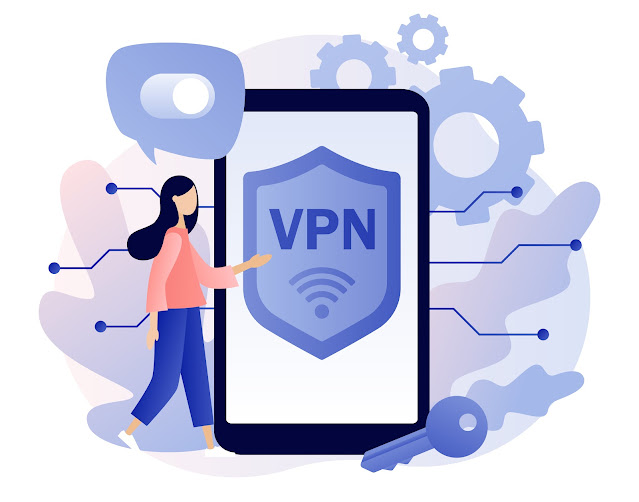5 steps to protect your business from cybercrime like your home

Introduction Being a successful business owner takes a lot of courage and determination. The stress and uncertainty of running a business can be overwhelming at times, as every day brings a new challenge. Having realized your vision, you keep going when you are reminded of why you took the leap. When you're committed to your business, it almost feels like a home away from home. Modernizing cybersecurity for your business is just as important as protecting your physical home with a good security system. Cyberattacks target small businesses 43 percent of the time, and 60 percent of those businesses will permanently close within six months after an attack. Those are staggering statistics, and to be protected from all kinds of online security threats, businesses must opt for Protegent Antivirus and Total Security Software . Cybercrime is inevitable and pervasive! Viruses are everywhere! So, how can you prevent malware, ransomware, and cybercrime from happening? In the curre




